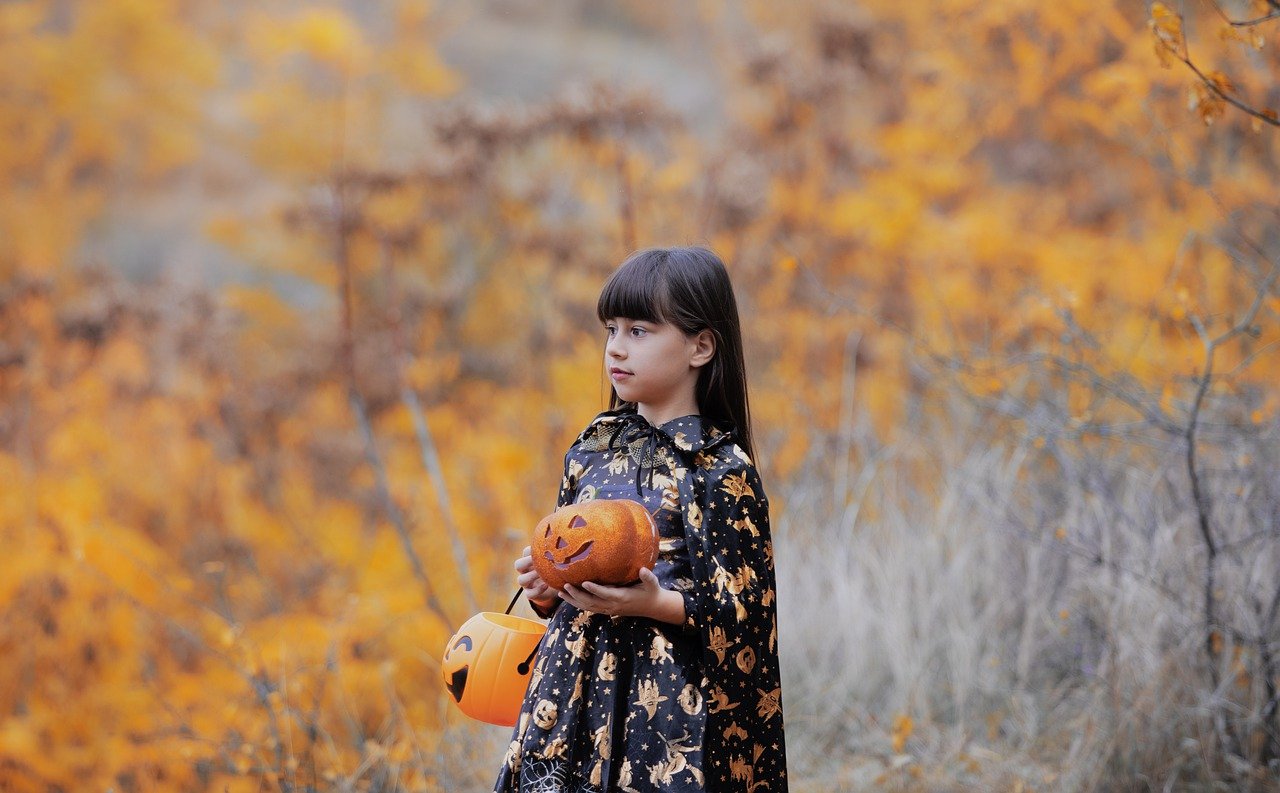Introduction to the Mindset Series
As we move into November, it’s the perfect time to reflect on the power of mindset and how it shapes every aspect of our lives. Whether you’re striving for personal growth, professional success, or simply seeking to improve your well-being, the way you think influences your actions, relationships, and outcomes. The good news? You can change your mindset—and in doing so, change your life.
In this month’s blog series, we’ll explore the transformative power of mindset, with a focus on cultivating not only personal resilience but also adaptability. We’ll dive deep into how your thoughts, beliefs, and mental habits create your reality and how you can shift them to unlock new levels of potential. This will include recognizing when perseverance is needed and when it’s important to adapt, rest, or seek support. By the end of the series, you’ll not only understand the profound impact of mindset but also gain practical tools for fostering a more empowered, balanced, and sustainable way of thinking.
Why Focus on Mindset?
Mindset is the foundation for everything we do. It’s the lens through which we view the world and make decisions. A fixed mindset, where we believe our abilities and talents are static, can hold us back from reaching our goals and fully experiencing life’s possibilities. On the other hand, a growth mindset—the belief that we can continuously evolve and improve—opens doors to learning, creativity, and adaptive resilience.
However, resilience isn’t just about pushing through challenges. True resilience is about balancing persistence with rest, knowing when to adapt, and drawing on community and environmental support. This broader perspective on resilience will be a key theme in this series.
What You Can Expect
Over the next few weeks, we’ll publish a set of posts designed to help you understand and transform your mindset:
- Cultivating a Growth Mindset: How to Unlock Your Potential – Explore the concept of a growth mindset and learn how to embrace challenges and failures as opportunities for growth, while also knowing when adaptation is needed.
- Mindset Shifts for Overcoming Challenges – Learn how to shift your thinking when life throws obstacles your way, so you can face challenges with resilience, adaptability, and empowerment.
- How Self-Talk Shapes Your Mindset and Reality – Discover how your inner dialogue impacts your self-belief and how to replace negative self-talk with constructive, empowering thoughts.
- Fixed vs. Flexible Thinking: Adapting to a World of Change – Understand the difference between fixed and flexible thinking, and how adaptability can help you thrive in a fast-changing world by embracing uncertainty and new perspectives.
Who Is This Series For?
This series is for anyone seeking personal transformation. Whether you’re navigating a major life transition, pursuing a new goal, or simply trying to become the best version of yourself, the insights and tools provided here will help you cultivate a mindset that supports your journey. Whether you’re familiar with these concepts or just starting to explore the power of mindset, these posts will offer both new perspectives and actionable strategies.
Conclusion
Changing your mindset isn’t about pretending everything is perfect or endlessly pushing through adversity. It’s about cultivating an inner world that empowers you to take on challenges, seize opportunities, and adapt as needed. Throughout this month, I invite you to explore the power of mindset with me—to reflect on how your thoughts shape your life and, most importantly, how you can shift them to create the life you want.
Let’s embark on this journey together, and by the end of November, you’ll have a toolbox of mental strategies to help you navigate whatever life throws your way with both persistence and flexibility.
See also the book Mindset: Changing The Way You think To Fulfil Your Potential by Carol Dweck.
Journal prompts
- What beliefs do I currently hold about my abilities and potential? How have these beliefs shaped my actions and choices?
- How do I speak to myself during difficult moments?
- What is one belief or thought pattern I want to change? What steps can I take to replace it with a more empowering one





